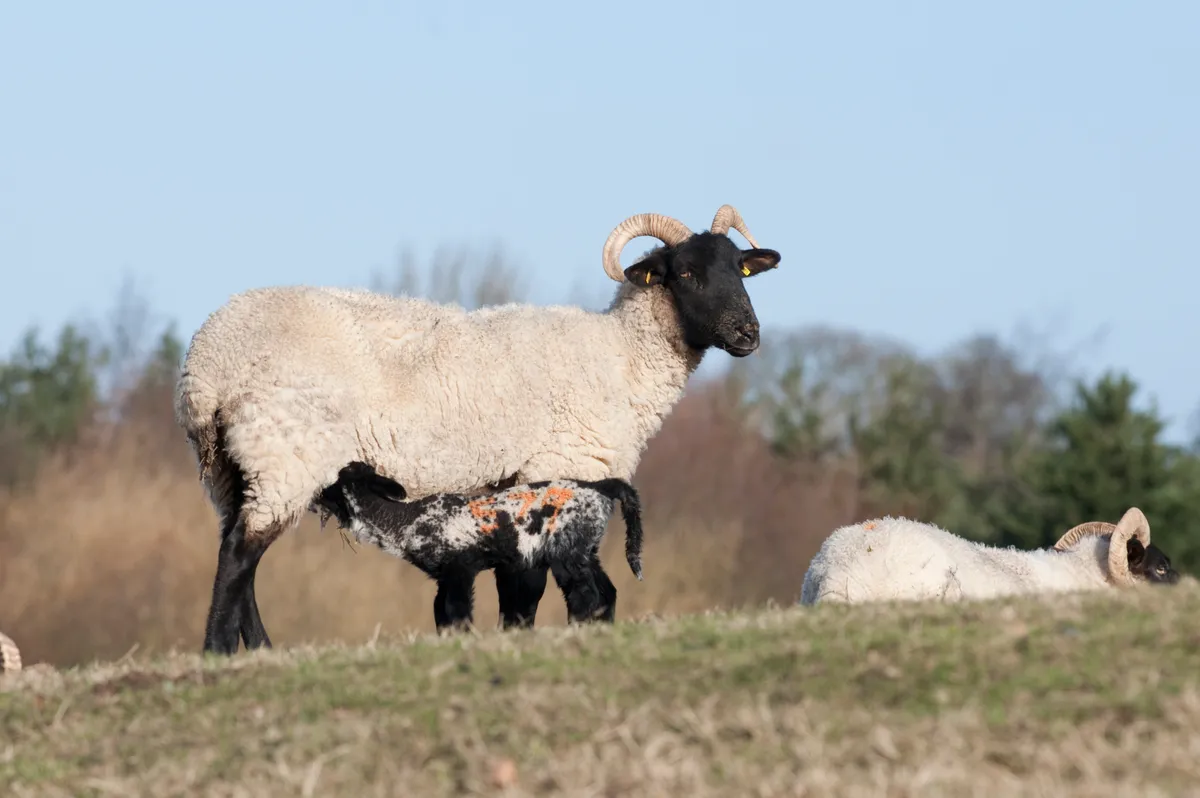The headlines were barely believable. “Scientists begin project to bring back the dodo” is the stuff of fantasy, surely?
I’ve always been fascinated by the sad story of these flightless birds from Mauritius with their bulbous beaks. They died out in the 1690s, killed off by Dutch settlers who ate them, destroyed their forest habitat and introduced pigs, rats and dogs, which raided their nests for eggs. You don’t need to have seen the model in the Natural History Museum to know that the word ‘dodo’ is shorthand for extinction at the hands of mankind. As someone said: “You can’t get deader than a dodo!”
So I was intrigued when news broke about plans to resurrect history’s most mysterious and tragic bird. But anyone expecting a Jurassic Park breakthrough was going to be disappointed. The story was about remarkable advances in gene-editing, a technique that can modify genetic material, and the information that has been gained from a DNA sample of a dodo specimen stored in Denmark. Researchers know the dodo’s closest living relative is the Nicobar pigeon from the Indian Ocean Nicobar Islands; the big question is whether the pigeon’s genome can be edited to reflect the key traits of the dodo and how successfully it can be implanted into an egg cell.
The proposal is sure to raise all sorts of moral, ethical, scientific and biological issues and, apart from being extremely difficult, the work would be time-consuming and massively expensive. The end result wouldn’t bring the dodo back from the dead – it would more accurately be called a proxy, a revived or a ‘de-extinct’ dodo.
While gene-editing involves the latest biotechnology, the idea of reviving an old breed goes back decades. Anyone like me who is interested in rare breeds is aware that the threat of extinction is never far away.
There was a time when local varieties of farm livestock were common, with district and county breeds of cattle, sheep, goats, pigs and equines that were bred or evolved to suit the landscape and the food needs of each region. Some live on today and just about everyone’s heard of Gloucestershire old spot pigs, golden Guernsey goats and shire horses. But what about Suffolk dun cattle, Jersey sheep or Middlesex pigs? They were among the countless numbers that were allowed to dwindle or were cross-bred out of existence over generations.
It’s now more than 50 years since the last British livestock extinction, an indignity that goes to the Lincolnshire curly coat pig. This was a huge hog with large lop ears and thick wool-like hair, which gave it the appearance of a sheep. I’d love to have seen one. Unfortunately, the last curly coat was sent to the abattoir in 1972. Around the same time, my dad was rescuing the Norfolk horn sheep from certain doom – there were only three rams and five ewes left.

So he embarked on a ‘breeding back’ programme, putting the rams on successive generations of Suffolk ewes and eventually producing an 80% pure flock.
Today, something similar is happening in the West Country, where long-gone sheeted Somerset cattle are being revived with genetics from the original Dutch belted dairy breed, the Lakenvelder, and local crossbred cows. These are exciting times – and perhaps a step towards making extinction extinct!
Main image: A Portland sheep, a very rare breed from the Isle of Portland in Dorset/Credit: Getty
